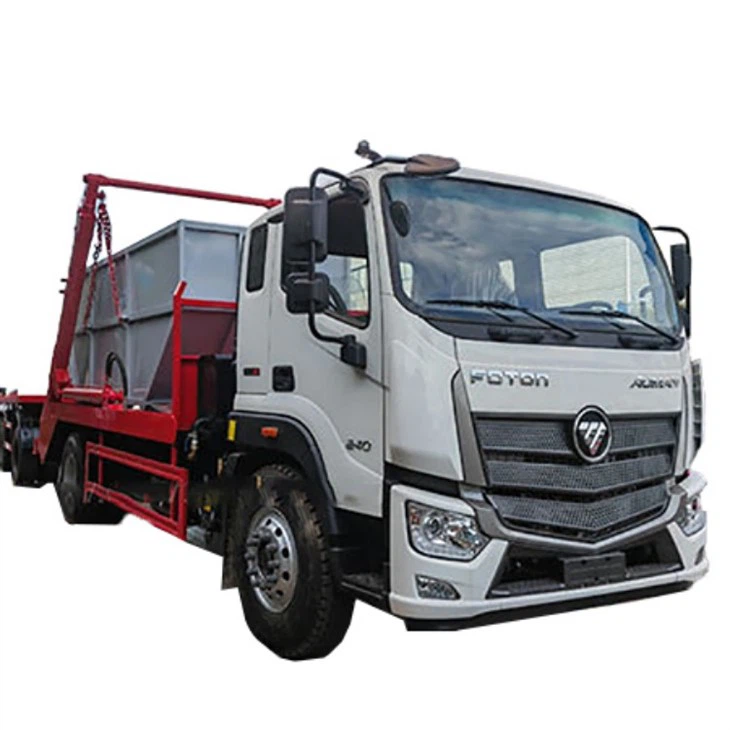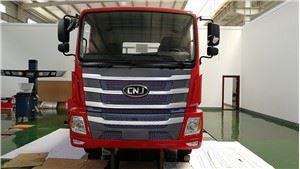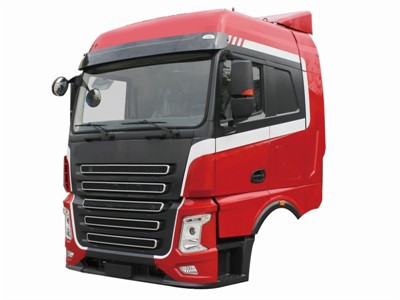How Much Weight Can a Garbage Truck Lift?

Introduction
Garbage trucks play a crucial role in keeping our cities clean and maintaining public health. They help manage waste by collecting, transporting, and disposing of a variety of materials. One common question that arises about these heavy-duty vehicles is, “How much weight can a garbage truck lift?” This article aims to explore the weight limits of garbage trucks, the factors that influence these limits, and the types of trucks used for different waste management tasks. By understanding how much weight garbage trucks can lift, we can better appreciate their functionality and efficiency in waste disposal.
Understanding Garbage Truck Types
1. Standard Garbage Trucks
Standard garbage trucks are typically used for residential waste collection. Their design enables them to lift, compact, and transport municipal solid waste. These trucks can balance efficiency and capacity.
Weight Capacity
Most standard garbage trucks can lift between 10,000 to 14,000 pounds (4,500 to 6,400 kg) of municipal waste in a single load.
2. Front-Load Garbage Trucks
Front-load trucks are designed for commercial waste removal. They have hydraulic arms that lift containers from the front, making them a popular choice for businesses and larger waste operations.
Weight Capacity
Front-load trucks typically have a capacity range of 20,000 to 30,000 pounds (9,100 to 13,600 kg). This allows them to handle larger bins commonly found in commercial settings.
3. Rear-Load Garbage Trucks
Rear-load trucks are the most traditional type and are often used for residential areas. They require workers to load garbage bags into the back manually or using a lifting mechanism.
Weight Capacity
These trucks generally have a capacity of 15,000 to 20,000 pounds (6,800 to 9,100 kg), depending on the specific model and design.
4. Side-Load Garbage Trucks
Side-load trucks use a hydraulic arm to pick up bins placed alongside the truck. This type minimizes the need for workers to manually handle heavy loads, improving efficiency and reducing injury risks.
Weight Capacity
Side-load garbage trucks can lift about 20,000 to 25,000 pounds (9,100 to 11,300 kg) of waste, tailoring their design for municipal and commercial needs.
Factors Influencing the Lifting Capacity
1. Truck Design and Specifications
The design of the garbage truck, including its weight distribution, hydraulics system, and materials, affects how much weight it can lift. Trucks are optimized for specific types of waste and lifting mechanisms.
2. Type of Waste
The composition and density of the waste being lifted can significantly impact a truck’s capacity. For instance, heavier materials like construction debris will reduce the volume compared to lighter materials like cardboard.
3. Local Regulations and Payload Maximums
Local government regulations may limit the maximum payload a garbage truck can carry. These limits are put in place to ensure safe and proper road usage.

4. Condition of the Truck
The maintenance and overall condition of the truck can also affect weight capacity. Regular checks can help prevent mechanical failures and ensure optimal performance.
Practical Examples of Weight Capacity Usage
Example 1: Residential Waste Collection
In a typical residential neighborhood, a front-load garbage truck collects waste. Suppose the truck has a capacity of 20,000 pounds. If the truck makes three stops, collecting approximately 5,000 pounds of waste per stop, it will have lifted a total of 15,000 pounds, working well within its limit.
Example 2: Commercial Waste Management
A front-load truck assigned to a fast-food restaurant picks up waste once a week. Assuming the restaurant generates about 10,000 pounds of waste weekly, the truck can handle this efficiently without exceeding its 30,000-pound capacity, allowing it to reduce the number of trips.
Example 3: Construction and Demolition Sites
Side-load garbage trucks, often used for construction and demolition sites, need to dispose of heavier materials. Their capacity allows them to take out debris such as concrete blocks, wood, and metal scraps, ensuring a faster job completion while remaining compliant with weight regulations.
Common Challenges Faced by Garbage Trucks
1. Overloading Hazards
Overloading a garbage truck can lead to safety hazards, including tipping and brake failure. Drivers must be trained to prevent exceeding weight limits and understand the implications of overloading.
2. Route Management
Managing efficient routes when handling heavy waste is crucial for operational efficiency and safety. GPS systems and route optimization tools can assist drivers in planning their days.
3. Environmental Regulations

Garbage trucks often face strict environmental regulations regarding emissions and vehicle weights. Compliance with local laws is essential, especially when operating in urban areas.
Tips for Efficient Waste Management with Garbage Trucks
1. Regular Maintenance
Maintaining garbage trucks ensures their longevity and ability to lift as designed. Regular check-ups can prevent breakdowns and keep operations running smoothly.
2. Training Drivers
Proper driver training can aid in avoiding overloads and ensuring safe operations. Drivers should understand how to manage their routes efficiently.
3. Implementing Technology
Utilizing GPS and route management software can optimize collection routes, allowing garbage trucks to operate more efficiently and reduce fuel consumption.
4. Community Engagement
Encouraging community participation in waste separation and recycling can lighten the load on garbage trucks, improving their efficiency and prolonging their lifespan.
Frequently Asked Questions (FAQ)
1. What is the average weight capacity of a garbage truck?
The average weight capacity of a garbage truck varies by type, but it typically ranges from 10,000 to 30,000 pounds (4,500 to 13,600 kg).
2. Can garbage trucks lift heavy construction debris?
Yes, certain types of garbage trucks, such as side-load or roll-off trucks, are designed to lift heavy construction debris, with weight capacities generally ranging from 20,000 to 30,000 pounds (9,100 to 13,600 kg).
3. What happens if a garbage truck is overloaded?
Overloading a garbage truck can lead to safety risks like tipping and brake failure, increased wear and tear on the vehicle, and potential fines for exceeding weight limits.
4. How do garbage trucks operate differently in residential vs. commercial areas?
In residential areas, garbage trucks often collect smaller waste loads more frequently, while in commercial areas, they handle larger bins less frequently, allowing for greater weight management.

5. Are there weight regulations for garbage trucks?
Yes, local and state regulations impose weight limits on garbage trucks to ensure safety on roadways, which organizations must comply with during collection operations.
6. How do garbage trucks contribute to environmental sustainability?
Garbage trucks contribute to environmental sustainability by efficiently collecting and transporting waste, preventing illegal dumping, encouraging recycling programs, and optimizing routes to reduce emissions.
